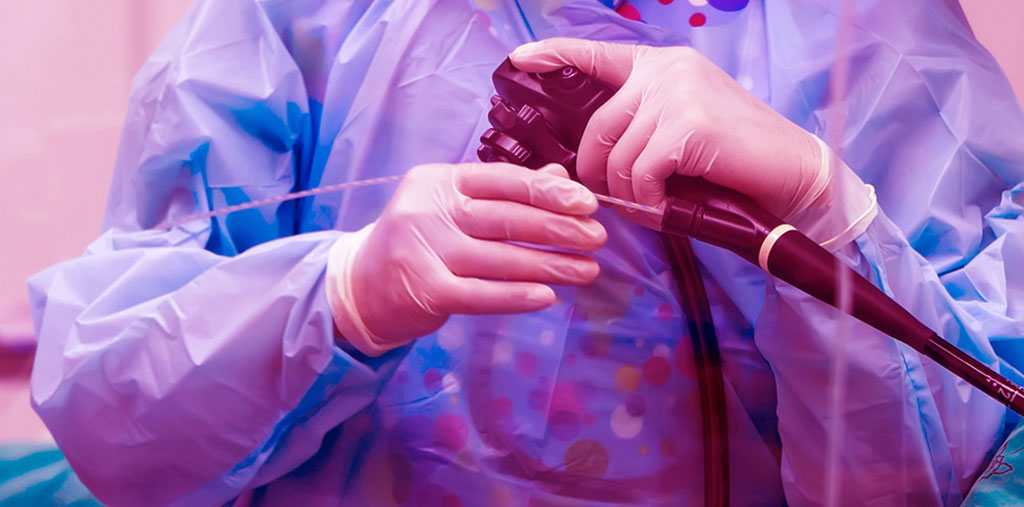Laparoscopic Gallbladder Removal
Laparoscopic Gallbladder Removal

Laparoscopic Cholecystectomy: How is it Performed and What is the Recovery Time?
Laparoscopic gallbladder removal is one of the most common surgical procedures for treating gallstones and gallbladder inflammation. It is a safe and effective operation performed under general anesthesia, aiming to completely remove the gallbladder when it becomes dysfunctional and unable to store and release bile properly. This article covers everything about the procedure, its steps, benefits, possible complications, post-operative advice, and answers to frequently asked questions.

What is Laparoscopic Gallbladder Removal?
This is a surgical procedure performed using laparoscopic (keyhole) techniques, where the surgeon inserts fine instruments and a small camera through 3 to 4 small incisions in the abdomen. The gallbladder is then removed without the need for a large open incision, which reduces pain and speeds up recovery.
The procedure typically takes between 45 minutes to one hour, and in most cases, the patient is discharged the same day or the following day.
When Does a Doctor Recommend Laparoscopic Gallbladder Removal?
Laparoscopic cholecystectomy is recommended in the following cases:
- Laparoscopic cholecystectomy is recommended in the following cases:
- Acute or chronic gallbladder inflammation due to bile duct blockage.
- Gallbladder or bile duct obstruction caused by stones.
- Frequent episodes of biliary colic.
- Complications such as pancreatitis resulting from gallstones.
Which is Better: Laparoscopic or Open Gallbladder Surgery?
In most cases, laparoscopic surgery is preferred over traditional open surgery due to:
- Less post-operative pain.
- Faster recovery time.
- Fewer complications.
- Smaller, more cosmetic scars compared to a large surgical incision.
However, in complex cases or if complications arise, the surgeon may need to convert to open surgery.
Steps of Laparoscopic Gallbladder Removal
The procedure is performed under general anesthesia and includes the following steps:
- General Anesthesia:
The patient is placed under general anesthesia.
- Small Incisions:
Usually 3 or 4 small incisions are made in the abdomen.
- Inserting the endoscope:
A small camera and fine surgical instruments are inserted.
- Separating the Gallbladder:
The gallbladder is detached from the liver and bile ducts.
- Removing the Gallbladder:
It is extracted through one of the incisions.
- Closing the Incisions:
Incisions are closed with dissolvable stitches or surgical glue.
Advantages of Laparoscopic Gallbladder Removal
Potential Complications of Laparoscopic Gallbladder Removal
Although the procedure is safe, some potential complications may occur:
- Infection at the surgical site.
- Minor bleeding.
- Injury to the bile ducts or intestines (rare).
- Bile leakage.
- Temporary indigestion after surgery.
Recovery Tips After Laparoscopic Gallbladder Removal
- Rest for 1 to 2 weeks before returning fully to work.
- Avoid lifting heavy objects or strenuous activities for 4–6 weeks.
- Start with a light, low-fat diet.
- Drink plenty of water to prevent constipation.
- Monitor for any abnormal symptoms like high fever or severe abdominal pain.
What Happens to the Body After Gallbladder Removal?
The gallbladder is not an essential organ for survival, though it helps store bile. After removal:
- Bile flows directly from the liver to the small intestine.
- Some people may experience mild diarrhea or difficulty digesting fats.
- The body gradually adjusts over a few weeks.
How Long Does the Laparoscopic Gallbladder Surgery Take?
- Typically, the procedure takes 45 to 60 minutes.
- It may take longer in cases involving complications or severe inflammation.
How Long is the Rest Period After Gallbladder Removal?
- Most patients can return to light activities within a week.
- Full return to work and normal activities takes 10 to 14 days.
- Strenuous activities or heavy exercise should be avoided for 4 to 6 weeks.
What Foods Should Be Avoided After Gallbladder Surgery?
Patients are advised to avoid certain foods in the first few weeks post-surgery, such as:
- Fatty and fried foods.
- Full-fat dairy products
- High-fat meats like lamb.
- Spicy or heavily seasoned foods.
- Carbonated drinks and caffeine initially.
Instead, focus on:
- Boiled vegetables.
- White rice and pasta.
- Lean meats.
- Light soups.
- Plenty of water.
